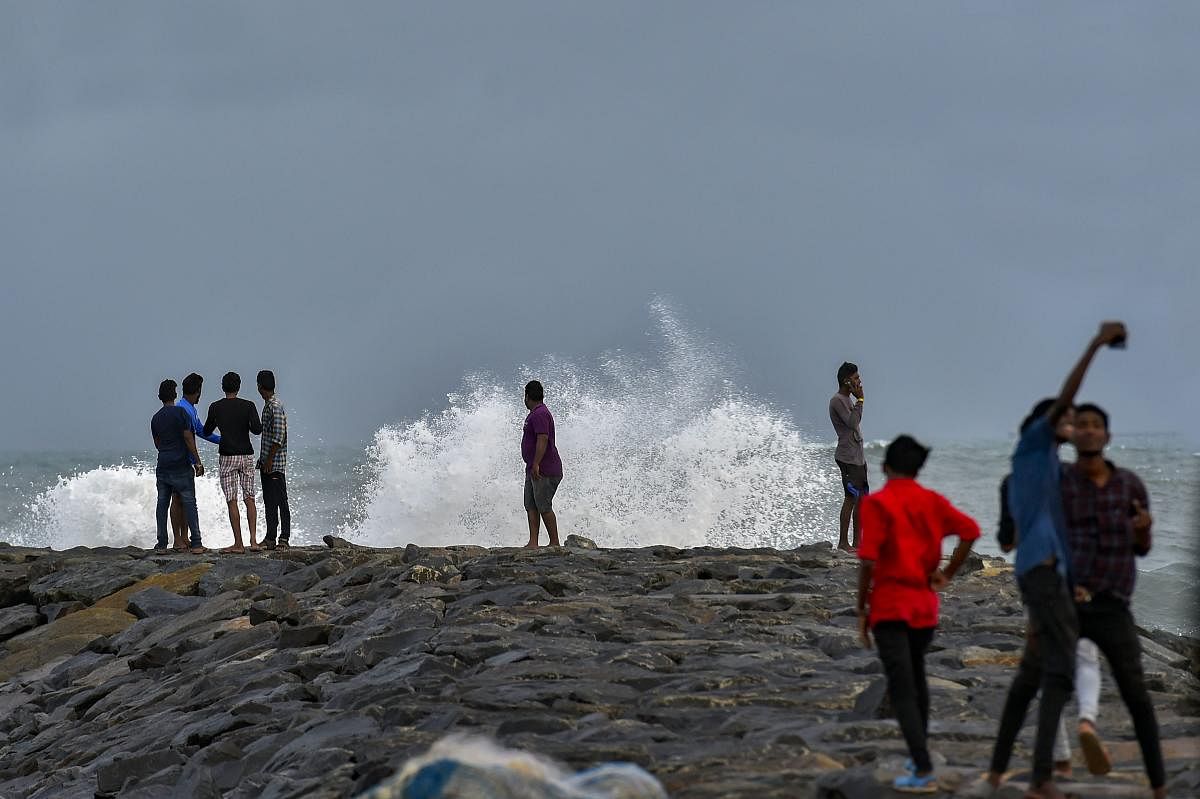India's coast is extremely vulnerable to cyclones. With a coastline of 7517 km, the country is exposed to nearly 10 per cent of the world's tropical cyclones. Although cyclones affect the entire coast of India, the eastern coast is significantly more prone to cyclones as compared to the western coast.
Among the cyclones that are formed in the Bay of Bengal, over 58 percent approach and cross the eastern coast. On the other hand, only 25 per cent of the cyclones that develop over the Arabian Sea approach the western coast. The Bay of Bengal witnesses cyclones both pre-monsoon as well as post-monsoon. But why is the eastern coast of the country so prone to cyclones?
Surface sea temperatures and humidity are directly related to the formation of cyclones. Since, the Bay of Bengal receives high average rainfall, the possibility of cyclone formation is also high.
The winds over the Bay of Bengal are said to be a lot more sluggish compared to the Arabian Sea and therefore, the winds fail to reduce the surface temperature of the sea.
Tropical depressions are the primary reason for the monsoon rains that the Indo-Gangetic plains and most of northern India receive. It is also the primary reason for the formation of cyclones that create havoc and disaster on a yearly basis on the eastern coast of the country.
The average temperature in the Bay of Bengal around the year is high - about 28 degrees. Warm air-currents intensify this. When the bay receives fresh water from the Brahmaputra and other rivers, the surface temperature is replenished, resulting in the formation of a tropical depression.
The Bay of Bengal also serves as a medium for transferring cyclonic winds from other water bodies. Cyclones usually weaken when encountering a landmass, and the lack of a landmass in the basin propels the cyclone to move towards the Indian coastline.
Cyclone Fani, which is strengthening into a severe cyclonic storm in the Bay of Bengal, and a low pressure surrounding it are expected to cause fairly widespread rainfall in several parts of Malnad and South Interior Karnataka, the India Meteorological Department (IMD) said.
